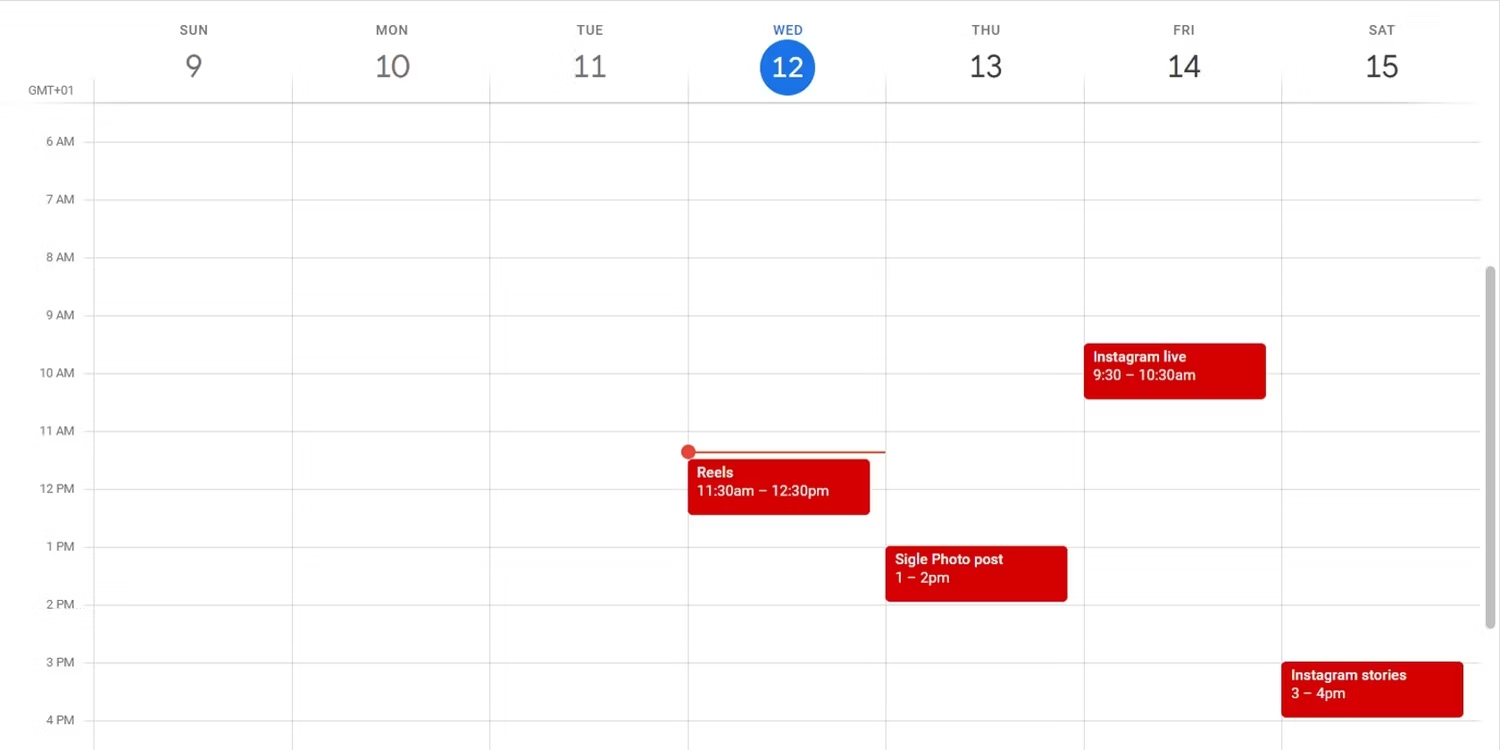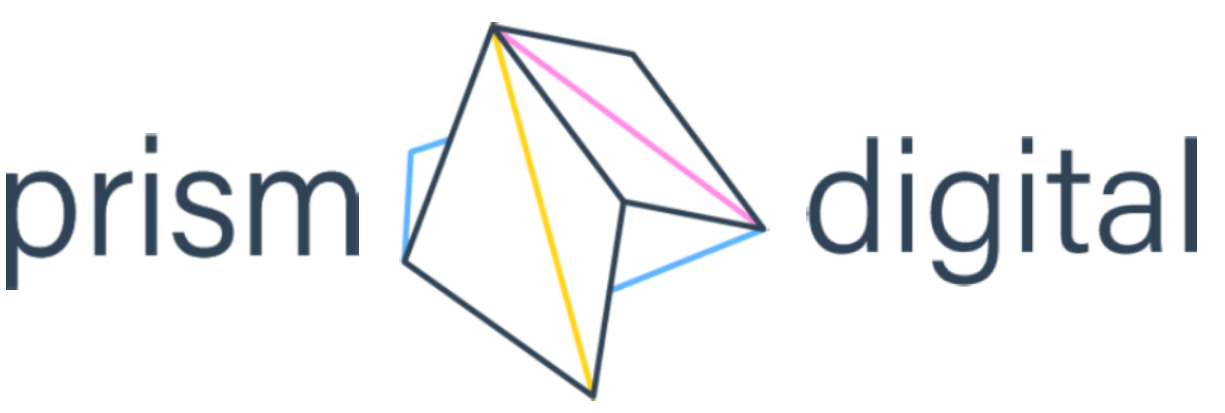What is a content calendar?
A content calendar is a planning document that gives you an overview of what's in the publication pipeline for your business. And with 101 different types of content you could try your hand at, you’ll want to keep track of what’s coming up!
What is the difference between an editorial calendar and a content calendar?
Even though these terms are often referred to the same thing, it’s important to know that they’re both used for different goals.
|
An editorial calendar |
A content calendar |
|
delivers a monthly, quarterly, or yearly overview of a brand’s content marketing strategy |
contains all the day-to-day details that go into the content creation process |
|
allows you to establish overarching themes for your content that are true to your brand |
helps you share content according to a publishing schedule - this can be on a daily, weekly, or even monthly basis |
What is the purpose of a content calendar?
The main purpose of a content calendar is to help plan, manage, and coordinate the various stages involved in content creation – idea generation, production, publishing, and promotion. Digital marketers use content calendars to plan digital content by date, manage campaigns, and review ongoing marketing strategies.
Generally, a content calendar will include some combination of these elements:
- The date and time your content will go live
- The place it will be published
- Copy and creative assets (i.e., photos or videos) required
- Links and tags to include
Content Calendar Formats
The main three content calendar formats are:
Printed calendar or a Google Calendar

Spreadsheet calendar

The calendar within a project management tool

How to plan your content in 8 simple steps
1. Define your goals
Defining your goals should be the first step when creating new content. Start with the question: what is the main goal of it? Is the content meant to produce new leads, direct readers to your website, gain visibility or possibly grow the number of your Instagram followers? Pushing out content that lacks purpose will not benefit your business – it will only waste resources.
2. Create a calendar template
Your content calendar can be constructed according to your team’s specific needs and can be as simple as a basic spreadsheet.
3. Choose your channels
Find out which channels your current and potential customers use. This will help you define the kind of content you should be focusing on creating. Remember, social media can be used as an effective way to cross-promote and share your more in-depth content. Posting an infographic from a blog post on your Instagram, or sharing an article on LinkedIn or Twitter will create more traffic and bring customers to your website.
4. Map out the calendar year
Use the calendar year as a base when you start to plan your content. Mark down all important events that you want to build your content around – holidays, trade fairs, seminars, training dates etc.
5. Utilize evergreen content
Content that is not tied to a certain date or time will always remain useful to both your customers and your company. As contemporary themes are constantly searched online, evergreen content is likely to keep getting clicks and visits even after the initial publishing buzz.
6. Repurpose 'old' content
Content repurposing, sometimes called content recycling, is re-using existing content and presenting it in a new format to expand its reach and lifespan. As you draft your content calendar, you can plan for a variety of different ways to share a new piece with content repurposing.
7. Decide on a publishing frequency
Think about how often you can realistically publish new content. As creating content is time-consuming, it is important to choose a publishing frequency that works for you and your business. Understanding your own boundaries is crucial to the efficiency of the calendar. If it is too full, the content will suffer. However, there should be enough content to create traffic on your website/social media channels to bring value to your customers on a regular basis.
8. Monitor how your content is received
This is super important, but very often forgotten! You should devote some time to examining your own operations and data, and consider them in your future plans. Which posts on social media have sparked up the most conversation? Which blog posts have been shared? How much visibility have your whitepapers gotten in the media?
GROW YOUR BUSINESS WITH US
Need some help creating content that speaks to your audience? It’s stressful to run your own business: there are a lot of moving pieces to manage and you can fall into the trap of thinking you have to do everything yourself (you don’t).
If you need expert assistance to thoroughly evaluate your situation and make recommendations for change, we can create a content strategy custom-tailored to your business goals.
.png?width=200&height=73&name=Logo(1).png)


